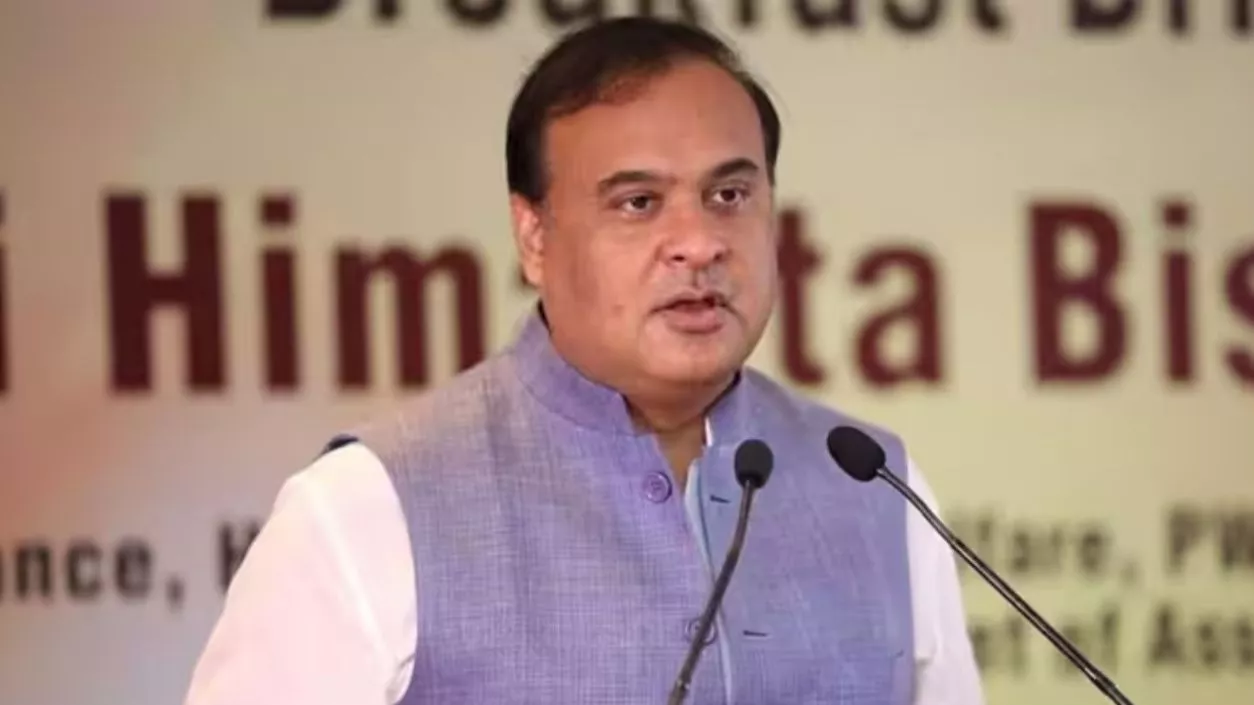.gif)
.gif)

Assam Chief Minister Himanta Biswa Sarma on Monday responded to a remark by Pakistan Prime Minister Shehbaz Sharif’s aide, Rana Ihsaan Afzal, who claimed China could halt the flow of the Brahmaputra River to India. Sarma rejected the claim, calling it a “manufactured threat” and stated that the river gains volume within India due to natural conditions.
In a post on X, Sarma wrote, “After India decisively moved away from the outdated Indus Waters Treaty, Pakistan is now spinning another manufactured threat: What if China stops the Brahmaputra's water to India? Let's dismantle this myth — not with fear, but with facts and national clarity: Brahmaputra: A River That Grows in India — Not Shrinks.” He added that China contributes only 30–35% of the Brahmaputra’s flow, primarily from glacial melt and limited rainfall in Tibet.
Sarma said 65–70% of the Brahmaputra’s total water volume is generated inside Indian territory. He listed torrential monsoon rainfall in Arunachal Pradesh, Assam, Nagaland, and Meghalaya as major contributors, along with tributaries like Subansiri, Lohit, Kameng, Manas, Dhansiri, Jia-Bharali, and Kopili. He also mentioned additional inflows from the Khasi, Garo, and Jaintia Hills through rivers such as Krishnai, Digaru, and Kulsi.
Providing data, Sarma stated that the flow of the Brahmaputra at the Indo-China border in Tuting is around 2,000–3,000 cubic metres per second. This increases to 15,000–20,000 cubic metres per second in Assam during the monsoon season. He said this proves that the river is a rain-fed Indian river system and becomes stronger after entering India.
Sarma further stated that even if China were to reduce the river’s flow, which he said has never been officially threatened, it could help India by reducing annual floods in Assam. He added, “The Brahmaputra is not controlled by a single source — it is powered by our geography, our monsoon, and our civilisational resilience.”